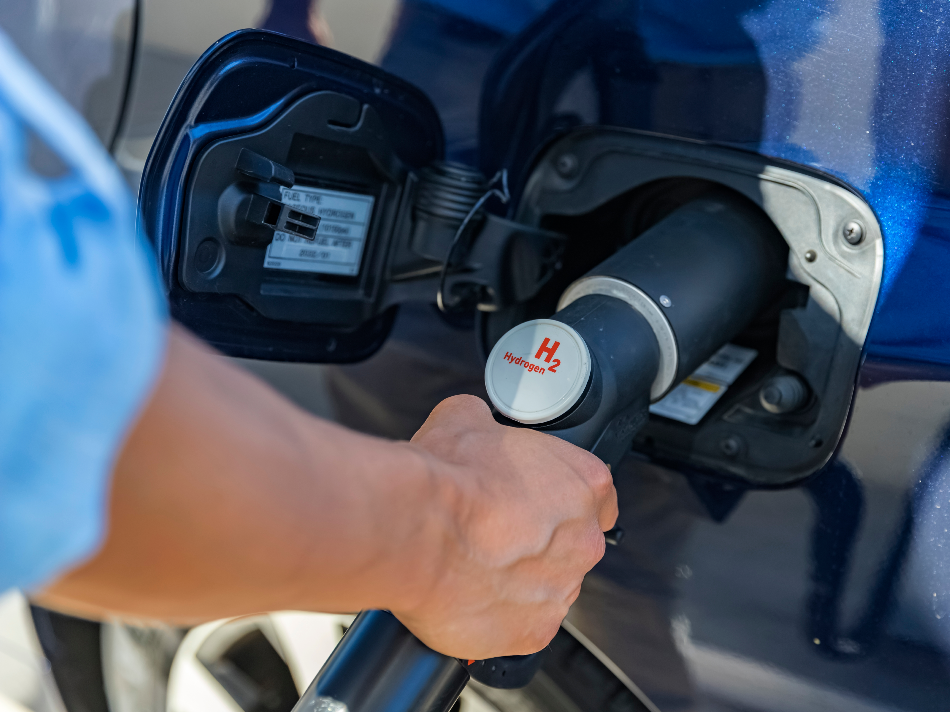Apr 6 2008

Image Credit: Literator/Shutterstock.com
Article updated on 21/01/20 by Gaea Marelle Miranda
Hydrogen can be considered as a clean energy carrier similar to electricity. It could be produced from various domestic resources such as renewable energy and nuclear energy. In the long run, hydrogen is predicted to simultaneously reduce the dependence on foreign oil and the emission of greenhouse gases and other pollutants.
How is Hydrogen Produced?
Since hydrogen does not exist on earth as a gas, it must be separated from other compounds. The two most common methods used for the production of hydrogen are electrolysis or water splitting and steam reforming.
A less common method in producing hydrogen is called photolysis. Photolytic processes involve the use of light to break water into hydrogen and oxygen. Researchers believe that it is possible to generate sustainable hydrogen production with a low environmental impact through such processes. Photolysis could be subdivided into two modes: photobiological water splitting and photoelectrochemical water splitting.
Photobiological water splitting
Photobiological water splitting involves the use of sunlight and specialized microorganisms such as green algae to split water to produce hydrogen. These microorganisms consume water, and as a by-product of their metabolic processes, generate hydrogen. This is similar to plants producing oxygen during photosynthesis.
To produce hydrogen using photobiological water splitting on a commercial scale, scientists are continuously modifying microorganisms and identifying other naturally occurring microbes that can produce hydrogen at a faster rate. This would mean that the full potential of photobiological water splitting is yet to be discovered.
Photoelectrochemical water splitting
Photoelectrochemical water splitting uses sunlight and photoelectrochemical materials to produce hydrogen from water. Light energy is used by the photoelectrochemical material to completely separate water molecules into hydrogen and oxygen. Current research is focused on the discovery of photoelectrochemical materials with the correct energies to split water which are also stable when it comes in contact with water.